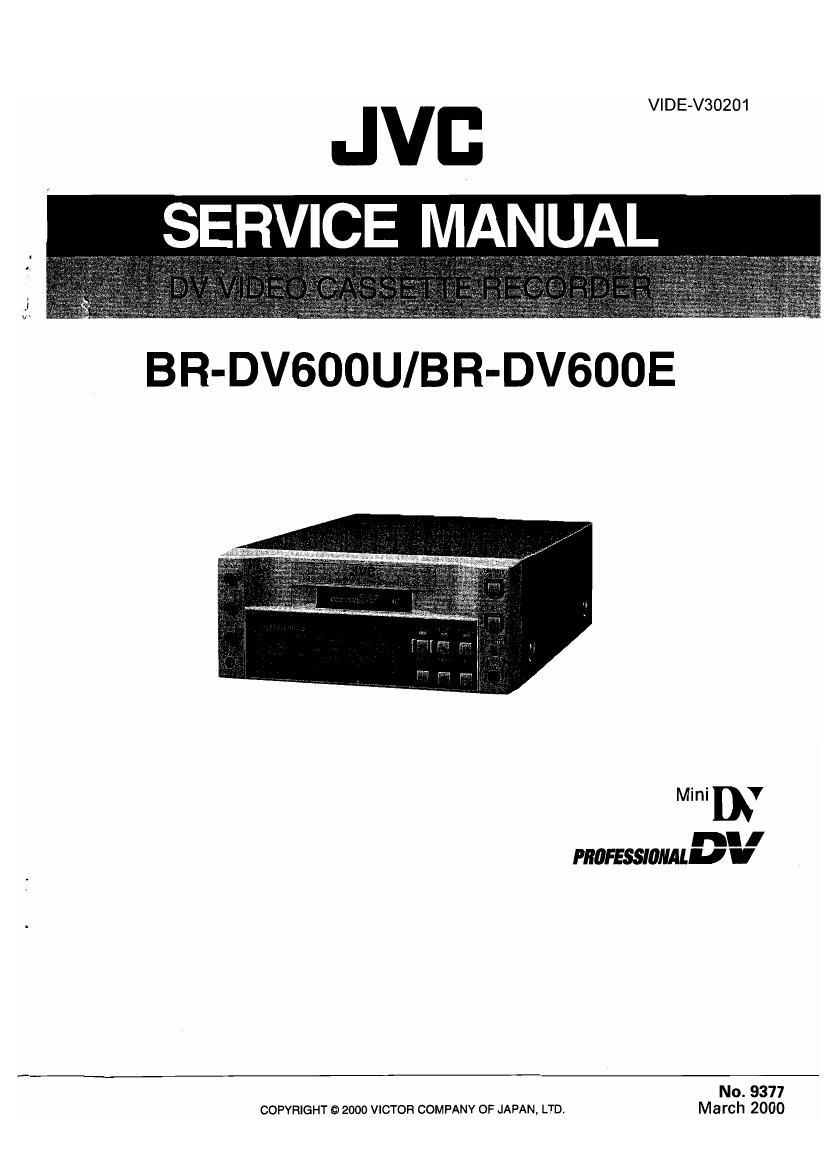Jvc BR DV 600 U Service Manual Part 1
This is the 116 pages manual for Jvc BR DV 600 U Service Manual Part 1.
Read or download the pdf for free. If you want to contribute, please upload pdfs to audioservicemanuals.wetransfer.com.
Page: 1 / 116
